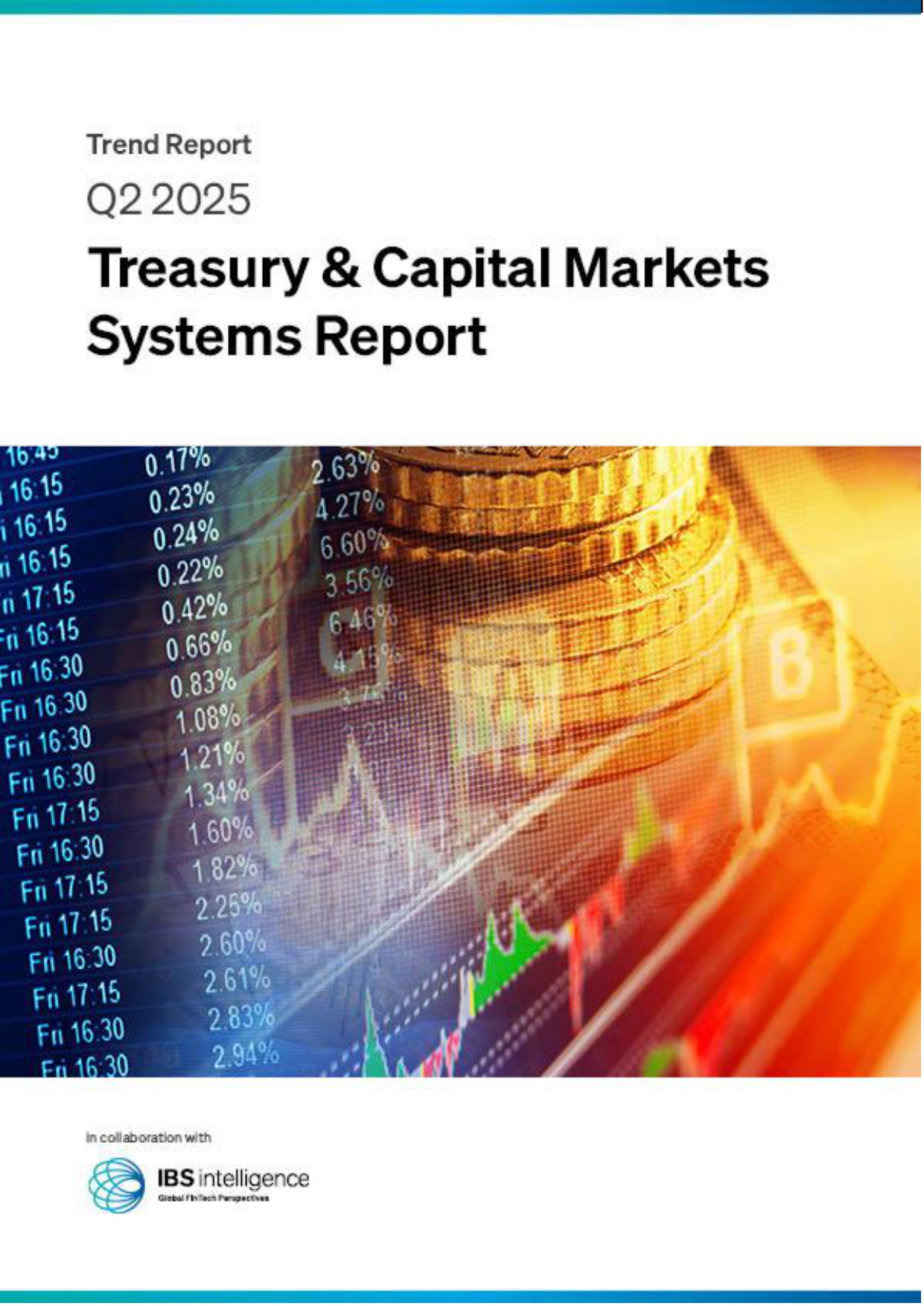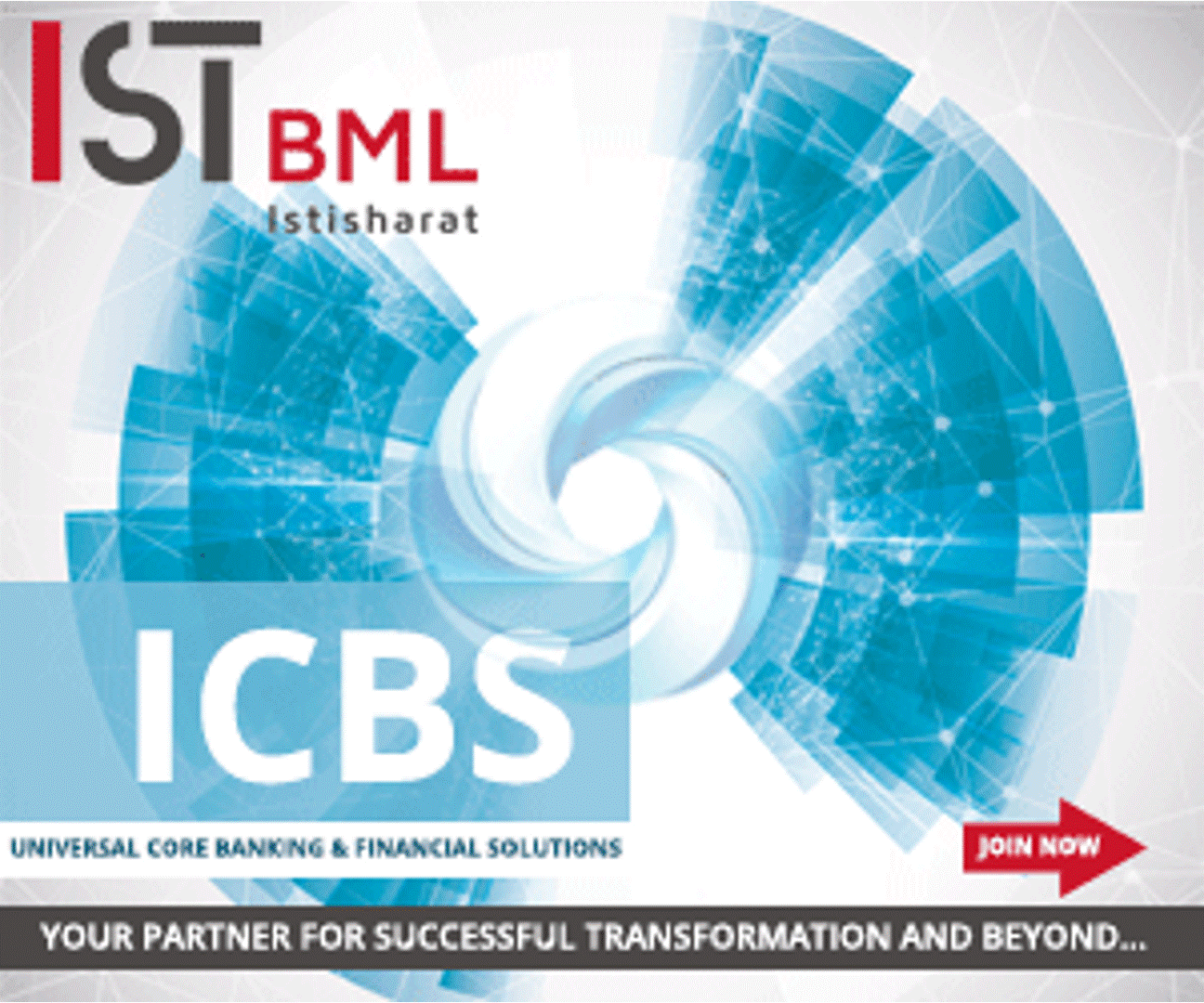 Back
Back
What are the key activities driving embedded finance?
By Puja Sharma
The Embedded finance industry is expected to grow steadily over the forecast period, recording a CAGR of 21.4% from 2022-to 2029. The embedded finance revenues in the region will increase from $42,310.2m in 2022 to reach $121,508.7m by 2029, as per the report by Research and Markets.
Embedded lending is most popular in the United Kingdom compared to other countries in the European region. The United Kingdom is one of the early adopters of embedded lending options for making purchases. Shoppers in the United Kingdom observe retail finance as a convenient way to split the cost of expensive purchases.
Furthermore, the pandemic has also propelled the demand for embedded lending in crucial industry segments across European countries. The trust factor is higher for traditional banks. However, convenience and promptness are the key factors that have helped the embedded lenders compete with traditional banks.
The business lending segment is offering a significant growth opportunity for embedded lending companies post-pandemic. Market participants are raising funds to improve their offering and expand their foothold in the business lending segment. This will help the lending companies and players in the ecosystem to capitalize on the overall prospects in this market.
The companies developing new products are expected to result in innovations and improved features in the embedded lending platform. The embedded insurance landscape is booming in Europe, and countries like the United Kingdom, Germany, and France have made significant contributions to the region’s embedded insurance business growth.
To remain competitive in the market and to keep pace with the ever-changing customer requirements, insurers in Europe are modifying their business models and working to improve their distribution channels. Furthermore, with the rising number of new entrants in the region, the European embedded insurance market is soaring. Considerable increases in fresh fundraising rounds are propelling the market to new heights.
According to the report, European insurance start-ups have surpassed the total capital investment of 2020 by more than $1b in the first quarter of the year 2021, with a total of nearly $2b invested across more than 50 transactions. Over the next four to eight quarters, rising finance activities are likely to raise embedded insurance demand. For instance, the unanticipated market scenario that caused a shift in the payments sector in early 2021 persisted throughout the year.
These changes accelerated the development of three broad themes that continue to influence the competitive dynamics within the payment ecosystem across European countries: the rapid rise of e-commerce activities, the proliferation of innovative payment methods, and the development of next-generation payment infrastructure.
The payment industry in Europe is going through a trial phase, and incumbents in the payments market ecosystem must evolve to stay relevant in the industry, as the everchanging demand from clients is making the current system outdated. Moreover, European companies have invested heavily in embedded payment solutions in the past few quarters, resulting in market growth.
Customers are increasingly expecting e-commerce platforms to provide a smooth buying experience. Embedded payment is the solution to this ever-growing client requirements. This also allows the companies to provide value-added benefits to clients and increase loyalty.
Embedded payment providers are capturing niche market segments through partnerships—with the growing competition in the embedded payment market across various sectors, embedded payment platform providers are untapped segments. Embedded payment providers are collaborating with players from niche industries to expand their client base.
In December 2021, Netherlands-based payment platform provider Adyen partnered with Canada-based specialty digital imaging retailer Henry’s Enterprises Inc. Under this partnership, Adyen will provide payment processing capabilities to Henry’s in-store and online commerce channels.
Key highlights
- In December 2020, the United Kingdom-based embedding revenue-based finance platform provider Liberis raised £70m, totaling the company’s valuation at £200m. The fund was raised by the company’s old investors, including British Business Investments, Paragon Bank, BCI Europe, and a new investor Silicon Valley Bank.
- In June, German digital insurance start-up Wefox raised a $650m Series C funding round led by Target Global. Wefox is a digital insurer that specializes in personal insurance products such as home insurance, auto insurance, and personal liability insurance. With the latest fundraising round, the company has reached a total worth of $3b.
- In June 2021, Bought By Many, a pet insurance provider based in London, United Kingdom, raised $350m in Series D funding, totaling the company’s value to over $2b.
- In December 2021, Netherlands-based payment platform provider Adyen partnered with Canada-based specialty digital imaging retailer Henry’s Enterprises Inc.
IBSi FinTech Journal
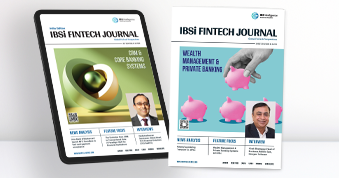
- Most trusted FinTech journal since 1991
- Digital monthly issue
- 60+ pages of research, analysis, interviews, opinions, and rankings
- Global coverage
Other Related News
Related Reports

Sales League Table Report 2025
Know More
Global Digital Banking Vendor & Landscape Report Q2 2025
Know More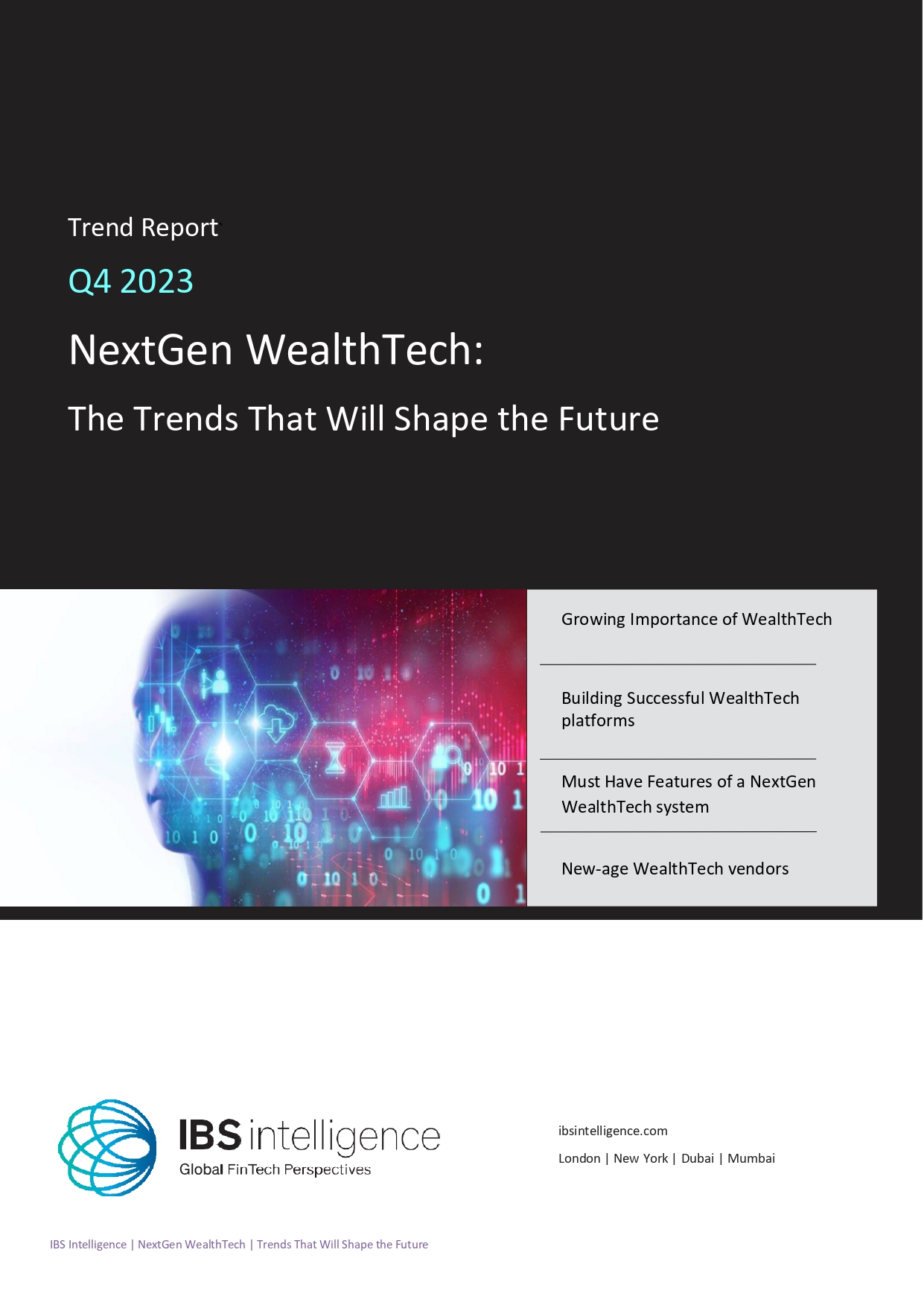
NextGen WealthTech: The Trends To Shape The Future Q4 2023
Know More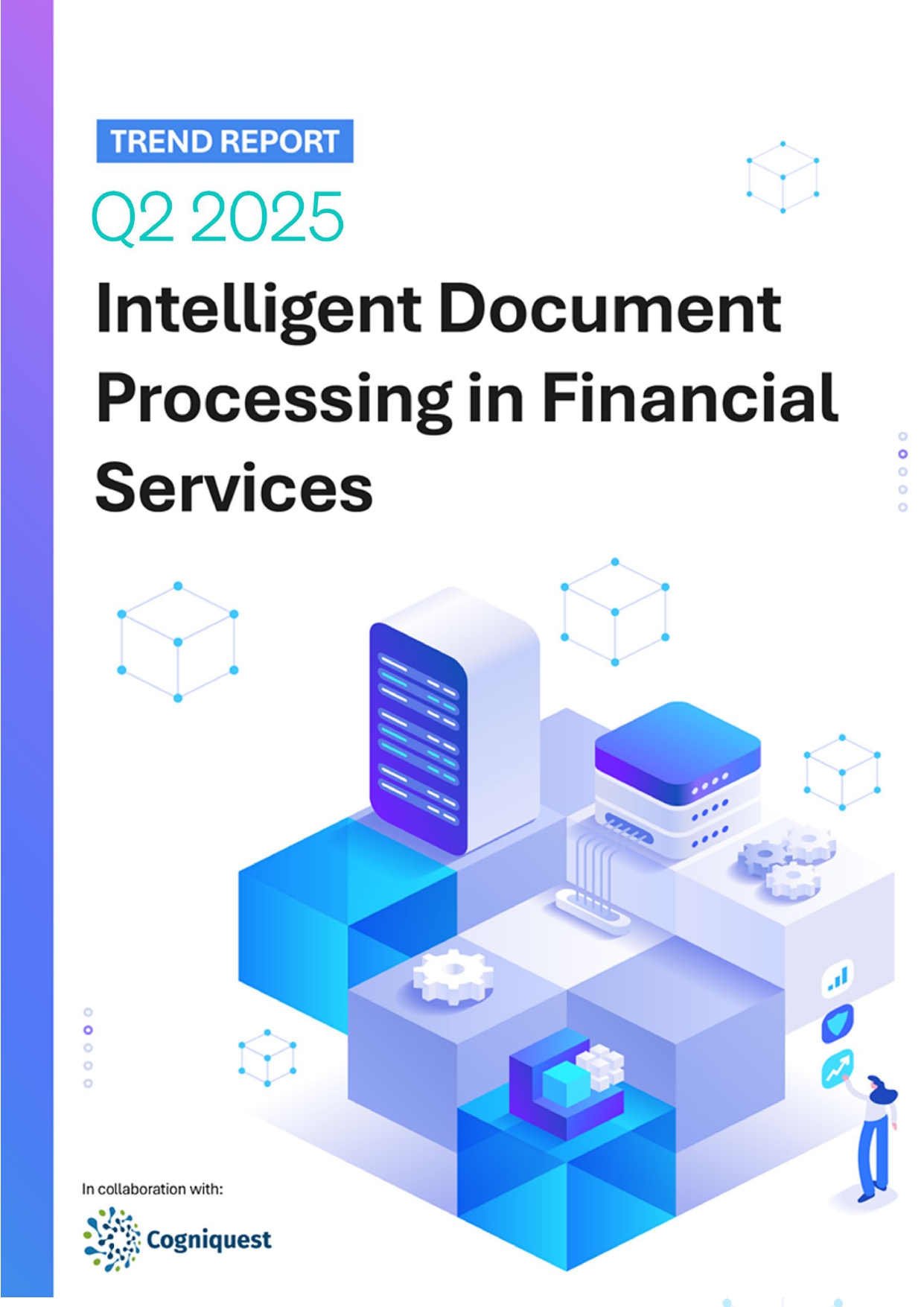
Intelligent Document Processing in Financial Services Q2 2025
Know More